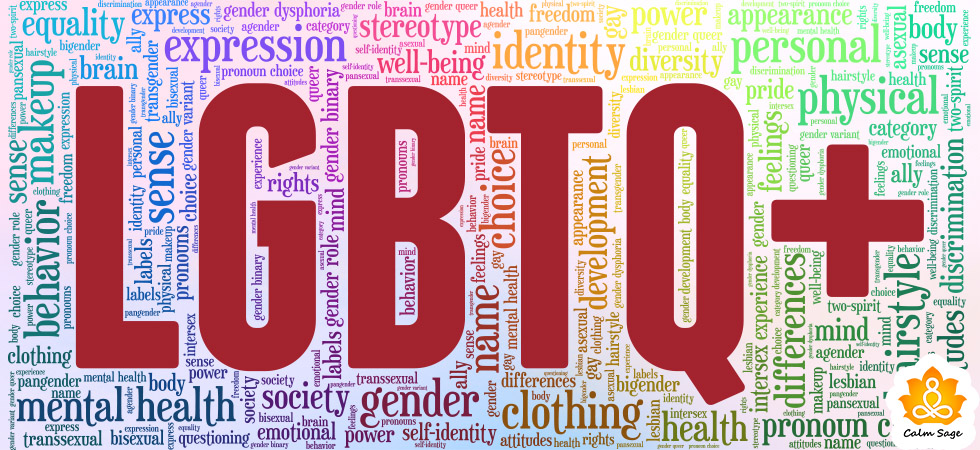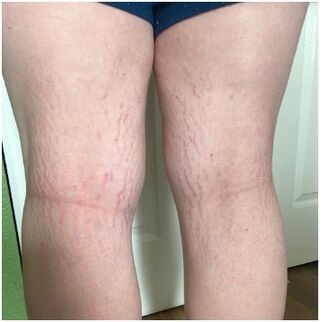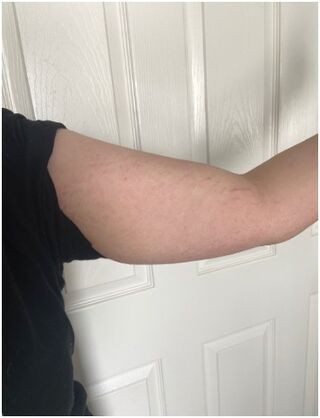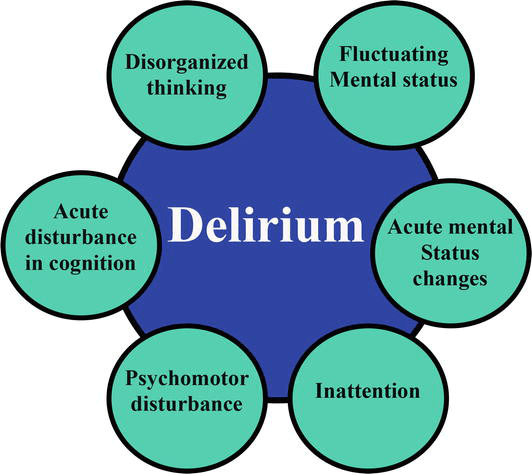15 Mental Health Resources For LGBTQ+ Community

No matter how hard we allies try to support the LGBTQ community, still, there are people in this world who try to discriminate against them and abuse them verbally However, this does not mean the end of hope here.
I have prepared a list of mental health resources for supporting the LGBTQ+ community that can be used to protect them and support them. If you think someone is having difficulty in receiving mental health care, this list of mental health resources is definitely going to work.
Due to inequality and discrimination, there is an urgent need for psychological services for LGBTQ+ people. Feel free to share this list with other allies and LGBTQ people.
Online Mental Health Resources for LGBTQ+ Community
1. GLMA Health Professionals Advancing LGBT Equality
Visit: GLMA Health Professionals Advancing LGBT Equality
It is an organization that has been working since 1981 with a mission of ensuring equality and connecting people related to the LGBTQ+ community. You can easily visit their website and check their directory for finding mental health and physical health care professionals in your locality or state. GLMA’s only goal is to provide the utilization of scientific expertise.
2. Gay, Lesbian & Straight Education Network (GSLEN): Student Action
Visit: Gay, lesbian and straight education network (GSLEN): Student Action
GSLEN is an organization offering information and knowledge which helps students to take action and initiate life changes in communities and schools. Students who keep interested in initiating a Gender and Sexuality Alliance anywhere can easily register. This organization helps students with resources and other movements so that they can help foster the LGBTQ+ community.
3. True Colors United
Visit: True Colors United
True colors united is an organization that focuses on improving mental health and homelessness for LGBTQ+ youth. Additionally, they also provide resources and advocacy which helps the youth to move in the right direction. Moreover, the best part about this organization is that they also organize fundraising events and you can also be part of it if you are interested in raising money for the LGBTQ+ youth.
Crisis Resources for LGBTQ+ Community
4. Crisis Text Line
Text: 741-741
Visit: Crisis Text Line
By texting on the given number you will be connected to a crisis counselor who will support you through texting services. This organization works 24*7 without any holiday therefore, you can connect with them anytime and keep it saved for future use.
5. The Trevor Project
Call: 1-866-488-7386
Text: START 678-678
Visit: The Trevor Project
This organization is the world’s largest crisis intervention for the support of LGBTQ+ youth specifically under the age of 25. You can either text them or connect with them via calling services. They are available 24*7 without any holidays.
6. Trans Lifeline
Text: 1-877-565-8860
Visit: Trans Lifeline
Trans Lifeline is an organization that is devoted to offering support and care to transgender people. It does not only provide care but also provides peer support with the help of experienced people in this area. The best part I loved about Trans Lifeline is that they are staffed by only trans individuals.
7. National Suicide Prevention Lifeline
Call: 1-800-273-8255
Visit: National Suicide Prevention Lifeline
National Suicide Prevention Lifeline is an organization that is totally free. It is handled by a group of anonymous people who provide support to the people who are dealing with suicidal behaviors or thoughts. You can visit their website, call them, or connect with them via chat services.
You will be connected with a trained and experienced counselor who is trained specifically for handling issues related to the LGBTQ+ community. The best part I loved about this website is that they also offer a section wherein you can get information regarding the LGBTQ+ community and you can easily share the content to aware people of their issues and discrimination.
8. LGBT National Hotline
Call: 1-800-843-4564
Visit: LGBT National Hotline
This organization is created for LGBTQ+ people of all ages. It provides anonymous, confidentiality, and support to people wherein they talk about issues, coming out, bullying, identity, anxiety, mental health, safe sex, and more. You can easily visit their website and connect with them.
Therapy Services for LGBTQ+ Community
There are various online therapy services that are specially designed to help and support the LGBTQ+ community. Below are the best online therapy services for LGBTQ+ people.
9. Pride Counseling
Pride counseling is the biggest and famous online therapy platform for LGBTQ+ mental health services. This mental health service organization has counselors who are specialized in helping and supporting people with mental health issues. They provide services for mental health issues like stress, anxiety, depression, trauma, helplessness, interpersonal conflicts, self-esteem, relationships, coming out, and more.
10. Pride Institute
Pride Institute is an inclusive recovery platform for the LGBTQ+ community. They do not only offer care and support but also provide outpatient and residential treatment programs for addiction and substance abuse.
Along with this, they provide a family therapy program to prevent homelessness, a sexual health program for safe sex and trauma, telehealth for mental health issues, and other mental health-related referrals.
Support Groups for LGBTQ+ Community
11. Q Chat Space
Visit: Q Chat Space
Q Chat Space is a platform that provides an opportunity for LGBTQ+ teens to participate and speak up in a group that is facilitated by professionals only. All members of the group are verified and safe. It also offers support for Spanish-speaking LGBTQ+ people.
12. PFLAG
Visit: PFLAG
PFLAG is the very first organization designed for helping families, parents, and allies to support the LGBTQ+ community. As of now, the organization is growing and holds 400 local chapters in the USA.
Other Resources for LGBTQ+ Community
13. LGBT National Youth Talkline
Call: 1-800-246-7743
Visit: LGBT National Youth Talkline
The only aim of this organization is to provide counseling, advice, and information to the teens related to coming out, sexual health, mental health, and other important topics. On this website, you can find various groups or community centers in your area or locality that support LGBTQ+ community rights.
14. Love is Respect
Call: 1-866-331-9474
Visit: Love is Respect
This organization provides resources for teens and youth of the LGBTQ+ community related to healthy relationships, abuse, and violence. Additionally, they also have a chain of counselors that are available to provide advice, education, and support to LGBTQ+ teens.
15. The National Runaway Safeline
Call: 1-800-786-2929
Visit: The National Runaway Safeline
This organization is working for years to provide assistance and resources to teens and young people who are homeless or ran away from home while coming out. They also provide counseling, shelter, transportation, and assistance in returning home.
I hope this blog helps you with online and other mental health resources for supporting the mental health of the LGBTQ+ community. This pride month let us all take a pledge to protect the LGBTQ community’s mental health.
Feel free to share this article with everyone you know. Comment down if you know any other legit mental health resource for supporting the LGBTQ community. For more such content, connect with us on all social media platforms.
Thanks for reading!
Happy Pride Month ☺







